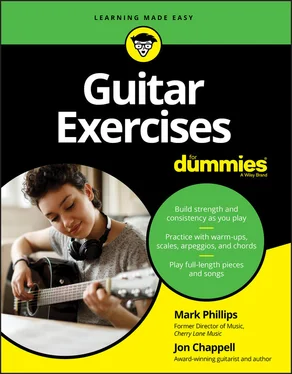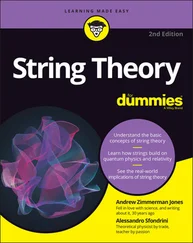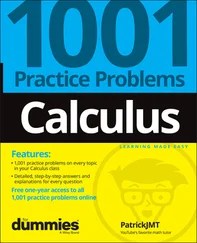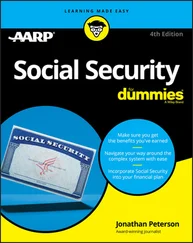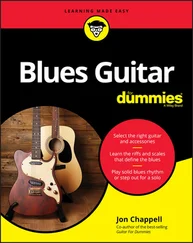We think it’s also cool that all the exercises in this book are presented in movable form, which means you can move them anywhere on the neck without changing the fingering, because the pattern or form uses no open strings. A movable scale, arpeggio, or chord can be transposed to any key by simply shifting your hand up or down the neck to a different starting note and playing the same pattern. So though we present these exercises in specific keys, you can move them to any fret on the neck. We remind you of the exercises’ movability throughout the book, but we mention it here as well because it’s an important concept in understanding how this book is organized.
Finally, most chapters end with composed pieces of music that give you a chance to play what you learn in the context of making “real music.” You find these full-length practice pieces, as well as many other examples you can play along with, on the website that accompanies this book.
Conventions We Use in This Book
Because we assume that you already play the guitar a little and are familiar with practice drills and exercises, we adopt certain conventions in this book and adhere to certain accepted terms and practices for guitar playing. For example, when we say up we typically mean higher in pitch, whether it’s referring to a string (the high E string) or to a position. So “going up the neck” means heading in the direction of the bridge, not the nut. Down means lower in pitch or lower on the neck (toward the nut and headstock).
Notice, too, that throughout this book, we call the hand that you fret notes with the left hand, even though some left-handed people will turn the guitar over, string it in reverse, and fret with their right hand. But rather than say “fretting hand” and “picking hand,” we use “left hand” and “right hand,” respectively. We beg the forgiveness of southpaws everywhere.
We employ a bit of logic in the ordering of the figures presented. For example, you may notice that we introduce the major scale before the minor one. And for the three types of minor scales presented, we start with the natural minor scale. We do this because scales have a conventional order of presentation, not because, say, the major scale is necessarily easier to play than the minor scale. Also note that we always present the various patterns for both scales and arpeggios based on their starting notes — moving from low to high within a given position.
In the music figures, we introduce each new scale with a neck diagram showing you where to put your fingers on the frets and strings. The left-hand finger indications appear inside the circles (1 = index, 2 = middle, 3 = ring, and 4 = little), and the tonic, or name tone, of the scale appears as a white number in a black circle. The corresponding music notation is presented without bar lines. We do this to show you that it’s not meant to be played in a particular meter but instead is a figure you can use to see and hear the scale without worrying about the rhythmic context. The tab staff that’s presented below the figures shows the corresponding string and tab numbers, and below that are the letter names of the pitches, with the tonics circled.
Additionally, we always provide the starting left-hand finger, which appears just to the left of the first note in the standard music staff. If we offer other left-hand fingers within the figure, it’s to signal that you’re playing an out-of-position note, or to remind you which finger takes you back into position after having just played an out-of-position note. (By the way, an out-of-position note is one that doesn’t fall within the four-fret span defined by the position and that requires a stretch by the 1st or 4th finger to play it.) Keep in mind that these fingerings serve as gentle reminders only. If you can play out-of-position notes using fingerings that are more comfortable or more logical, please feel free to do so. Just be sure to get back on track with the correct fingering as quickly as possible so that the following notes will be played in the proper position.
We don’t provide notation for the right hand because you can play these exercises either with your individual right-hand fingers or with a flatpick. If you play with your fingers, practice the scales and arpeggios by alternating your index and middle or the middle and ring fingers. If using a pick is more your style, play the scales using alternate picking — playing downstrokes and upstrokes in an alternating motion, starting with a downstroke on the first note. Sometimes we tell you when a certain scale or arpeggio may favor one approach over the other, but you can play any exercise in this book using either right-hand technique. Many well-rounded guitarists play both fingerstyle and with a pick, and you’re encouraged to do the same with these exercises.
You’ll notice black track boxes above the music figures in this book. These boxes tell you the track number that the recorded version appears on. In these boxes, we sometimes include the starting time within the track. In many instances, multiple figures are included in a single track, so the timing helps to separate them. A time of 0:00 means the figure is the first one on the track.
And don’t forget about the usual For Dummies convention that has us italicizing any important new words that you may need for the topic at hand. These italicized words are always followed by a clear, easy-to-read definition.
One of the things we like about Guitar Exercises For Dummies (if we do say so ourselves) is that the music figures — which include the chord diagrams, neck diagrams, songs, and exercises — are all self-contained. That is, you can open the book to any piece of music or exercise and know what to play without reading the text that surrounds it. That’s because we provide all the components you need to put your fingers on the strings and play the piece in front of you.
However, we do think it’s a good idea to read the text so that you have context and a good reason for playing the figure at hand. If you decide to take the picture book route through Guitar Exercises For Dummies (and only look at the figures), we suggest that you start at the beginning of a chapter. This way you’re introduced to each new scale, arpeggio, and chord with graphics that show you complete fingerings, letter names, and other potentially useful information.
Because this book features exercises — and lots of them — we decided to keep the talk brief and focus on the music. As such, we assume that you play some guitar. If you need instruction on things like buying a guitar, tuning your guitar, or playing basic chords, check out Guitar For Dummies, 2nd Edition .
We built this book to be played as much as read. Still, we didn’t just throw you into the deep and say, “Okay, arpeggiate your way out of this one.” We provide a basic review on holding the guitar, definitions for the notation system we use, and advice on warming up. We put a lot of music in this book, and we expect you to play all of it (eventually), so we want to make sure that you’re properly prepared to spend some quality time with your guitar.
How This Book Is Organized
We organize the bulk of this book into three distinct aspects of playing the guitar: scales, arpeggios, and chords. Within each main category is a subcategory, which we call sequences for scales and arpeggios, and chord progressions for chords. Each of these pairs of activities (for example, scales and scale sequences) constitute a part, with the individual major and minor scales and their corresponding sequences breaking down into individual chapters. The following sections describe further what you find in each part.
Читать дальше
